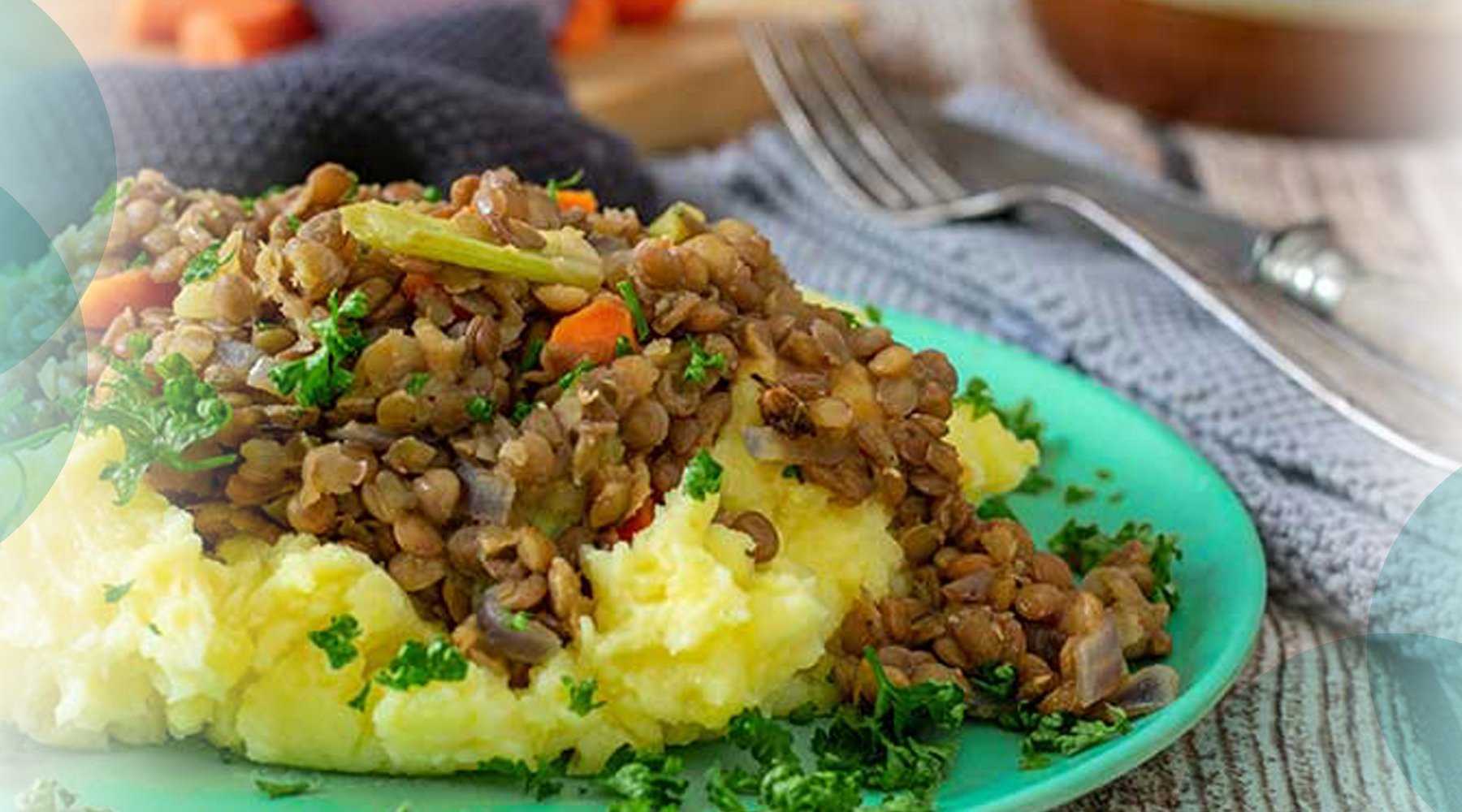Want to hear something cool and not at all maddening? Many times, even the healthiest sounding foods are actually hiding some dirty little secrets. If you take a peek at the nutrition label, you’ll see what I mean.
You can’t always rely on the advertised claims on pre-packaged foods. While the front of the package might brag about just how little fat is in there or maybe how much protein is packed in it, it’s important to remember that it’s just marketing. They want you to buy the product. That’s why they try to make you think you’re making a good decision.
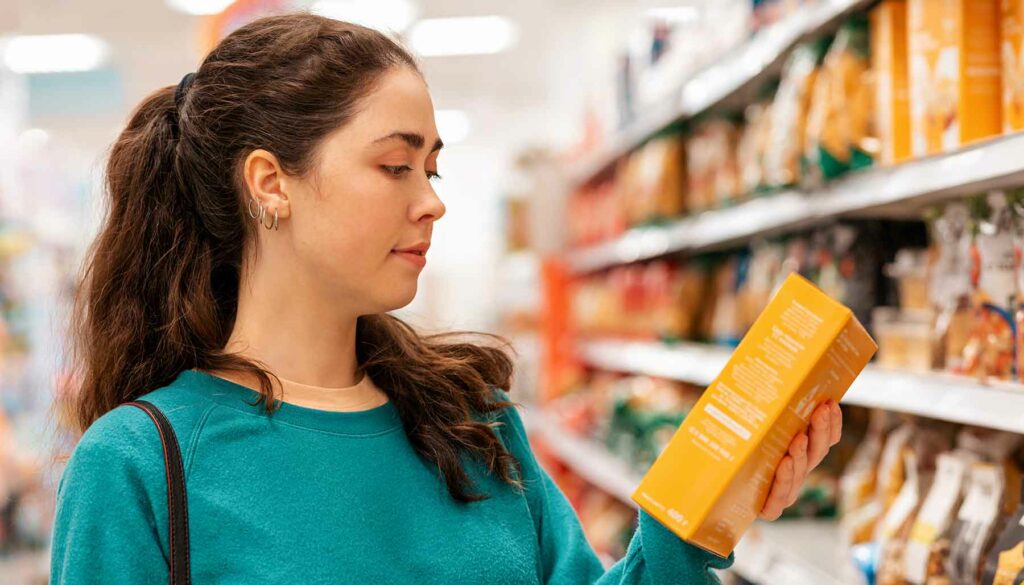
Once you turn it over and check out that nutrition label, you’ll see that it might tell a different story. Are your snacks secretly loaded with sodium, sugar, saturated fat, and carbs? I am willing to bet many of them are! That’s because, whether we like to admit it or not, those unhealthy ingredients and additives usually taste good.
But the reason why so many of them have to be added? It’s to compensate for the lack of flavor. For instance, many low-fat foods contain a high amount of added sugars. After removing fat to reduce the calorie content, things like salt, sugar, and artificial flavors are added in to compensate for the flavor that left with those removed fats. Similarly, pre-packaged snacks made with refined grains or other refined ingredients have to amp up the additives to create flavor that refined ingredients lack.
Related: Surprising Sources of Hidden Sugar In Your Diet
What you’re left with is a food that might light up your taste buds, but it gives you literally nothing. I’m talking about no nutritional content, a lack of heart-healthy fiber, and less hunger satisfaction. All that processing removes a lot of what we need from food.
I’m not telling you that you can’t snack on your favorite taco-flavored Doritos from time to time. Hey, we all have our vices. But I am saying that maybe you should reach for something else more often than not. Save those Doritos as a special treat.
On the flip side, there are plenty of snacks and ingredients that are both delicious and nutritious. These are the foods that you need for a smart, healthy diet. And I promise, you’ll still find yourself eating tasty dishes. Healthy food tasting like cardboard is a thing of the past. These days, we’re cooking healthy, wholesome ingredients with loads of flavor.
Edamame
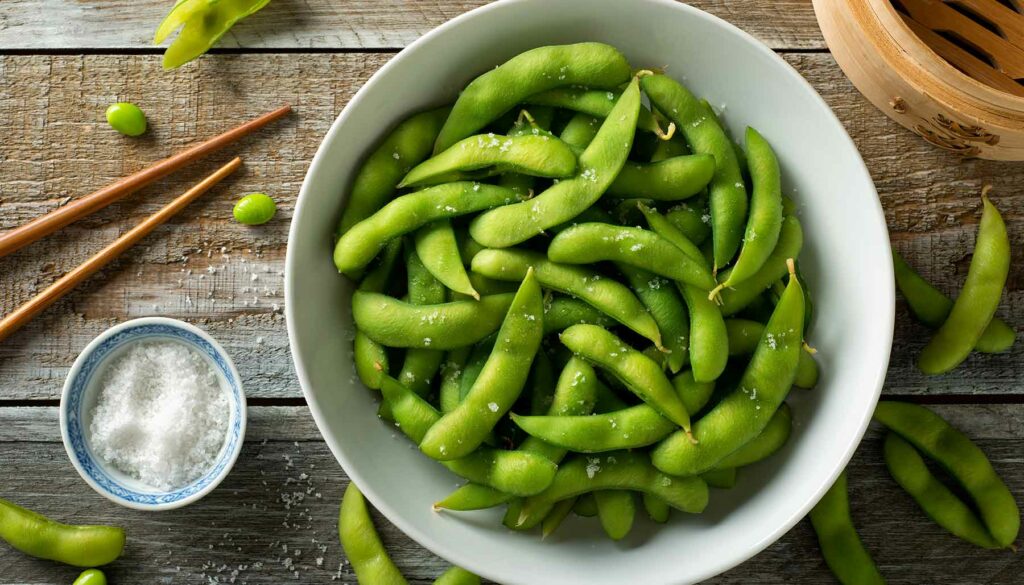
Is it just me, or is edamame just fun to eat? These young soy beans are incredibly easy and quick, perfect for a healthy snack when you’re low on time. With all the fiber and protein found in them, they will keep you satisfied for a long time, too. In addition, they are also rich in iron, calcium, and antioxidants like vitamins C and K. After steaming these little green superfoods, use them in rice dishes, as a salad topping, or simply eat them straight out of the pod.
Blueberries
Plenty of berries make for healthy snacks, but let’s put the spotlight on blueberries for a minute. These small fruits pack a big punch. They contain plenty of essential vitamins and minerals, but they are most revered for their antioxidants. They have one of the highest levels of antioxidants of all common fruits and vegetables. Blueberries contain vitamins A and C, plus flavonoids like anthocyanidins and proanthocyanidins.
Kale
If I could only eat one leafy green for the rest of my life, it would be kale. I never even ate it as a kid – I thought it was just used for decoration on a cold salad bar – but now I can’t get enough of the stuff. That’s a good thing, considering just how nutrient-dense it is. Kale is packed full of calcium, iron, potassium, manganese, and vitamins A, K, B6, and C. At only 33 calories per 1 cup serving, that’s a lot of heavy lifting!
Eggs
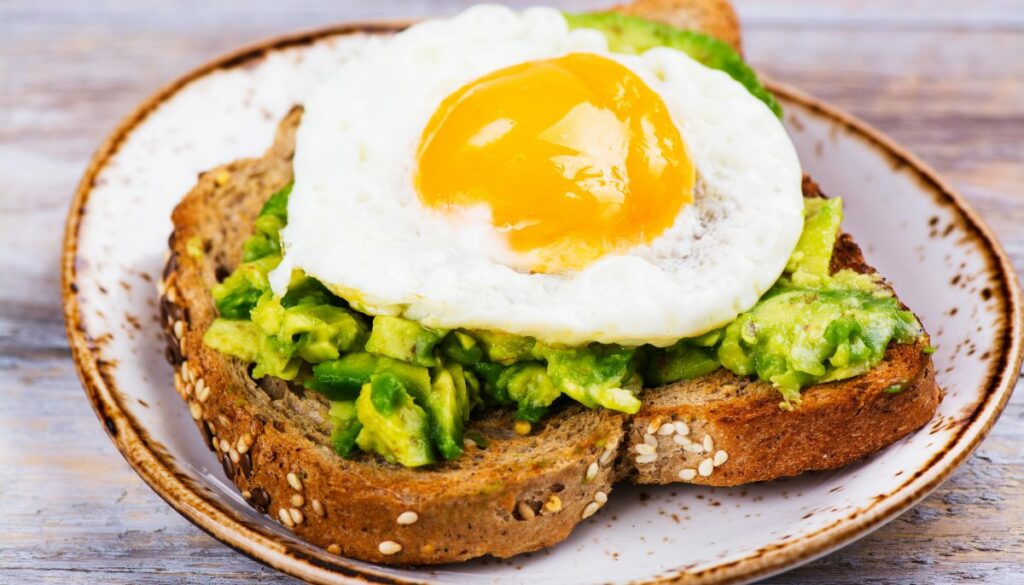
Scrambled, poached, hard-boiled, or sunny side up, it doesn’t matter how you prepare them – eggs are some of the most nutritious foods out there. You likely already know that eggs provide tons of protein, which is from the whites. But the yolk is an excellent source of folate, phosphorus, selenium, and vitamins A, B5, B12, and B2. Plus, they are loaded with choline, which is important for the brain. Does that mean that eating eggs makes you an egghead?
Avocado
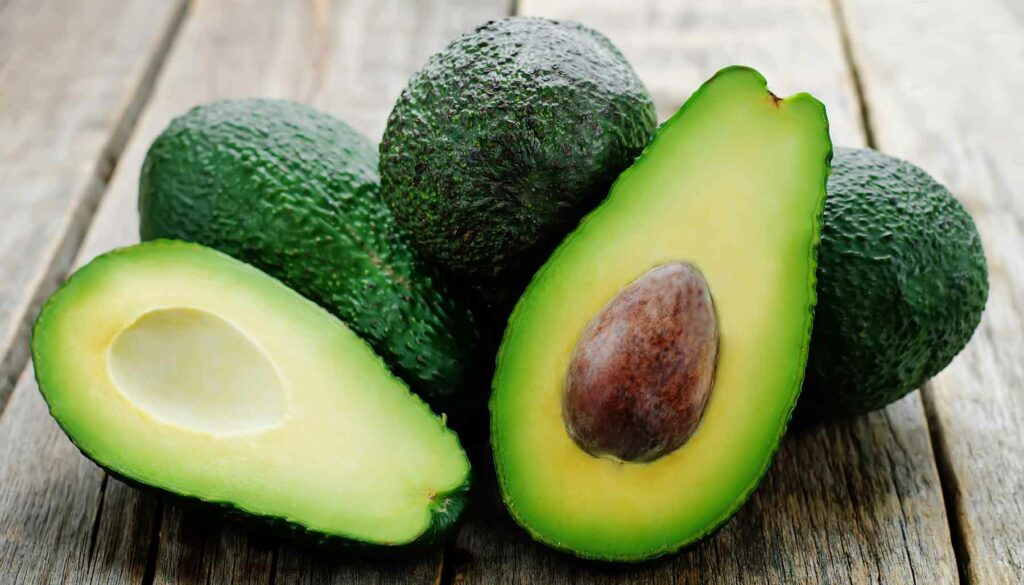
Avocados have been having a moment for a while now, and it’s easy to see why. Not only are they tasty, but they are also really healthy. Avocados provide important vitamins, minerals, and healthy fats that your body needs. You’ll find them full of potassium, folate, and fiber. Avocados are really versatile, so you’ll find plenty of ways to work them into your diet. Have you ever tried grilling avocado? And really, you can’t go wrong with a classic avocado toast.
Oatmeal
I like oatmeal because it can go in both savory and sweet directions, so there are plenty of ways to get more oatmeal in your diet. And you’ll want to get more of it, considering it packs plenty of vitamins, protein, and soluble fiber. To keep it healthy, look for old-fashioned rolled oats. Although the instant oatmeal that comes in packets will have the same nutritional benefits of regular oats, those instant varieties also come loaded with added sugar, or sodium used as a preservative.
Wild Rice

Although it has “rice” in its name, wild rice isn’t really rice at all. It’s actually the grains from four different species of grass. I guess we just call it that because we use it like rice and it kind of looks like rice. Regardless of the name, this whole grain is a pretty nutrient-dense food. It’s a good source of vitamins, minerals, antioxidants, fiber, and protein! Besides, it boasts way more flavor than regular ol’ refined white rice. That’s a lot for a side dish that is often overlooked!
Oranges
Vitamin C, anyone? I’m sure that most people have heard about how healthy oranges are, so I won’t bore you with the facts you already know. I will give you a few ideas on how to get more of them into your diet. Clearly, you can just peel and eat an orange for a quick and juicy snack. However, there are plenty of other ways to use oranges in just about any meal, from breakfast to dessert. Oranges brighten up slaws and salads, but they also work wonderfully with a variety of meats.
Sweet Potatoes

Sweet potatoes are a great source of beta carotene, B vitamins, vitamin C, calcium, iron, potassium, magnesium, and more. Everyone loves sweet potato pie or sweet potato casserole topped with marshmallows, but there are plenty of healthier ways to work these root vegetables into your diet, too. From simply baking the sweet potatoes to putting them into a quiche, we’ve got a few ideas for eating more sweet potatoes.
Black Beans
Black beans are so versatile, and I cook with them all the time. Lately, I’ve been using them to make burrito bowls a lot, but they also make a mean veggie burger! These legumes are an excellent source of fiber, folate, and other important nutrients. They are also known for being high in protein, with 15 grams of protein in a 1 cup serving. They will keep you feeling full while also giving you plenty of energy to make it through the day.
Broccoli
Broccoli is a nutrient-dense superstar. It boasts more protein than most other vegetables, and it’s an excellent source of many important vitamins and minerals. Even with all that goodness, it’s still really low in calories. If you don’t like broccoli, maybe you just haven’t had it prepared the right way! Check out these easy recipes that are sure to have you eating this superfood all the time.
Lentils
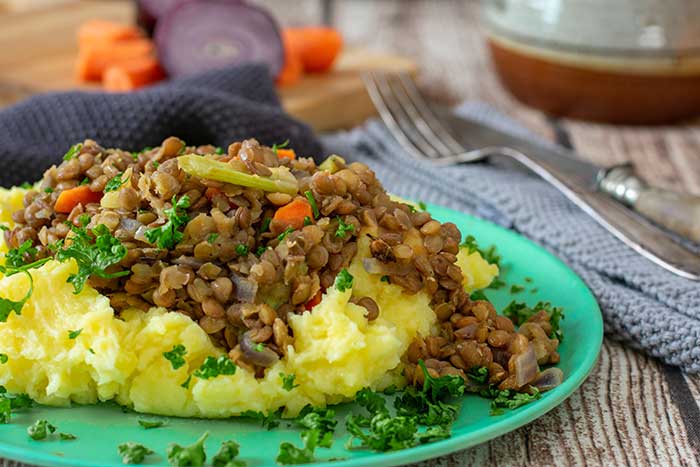
The taste and texture of lentils vary depending on the variety you choose, but they’re all tasty to me. Like other legumes, lentils are a healthy, filling choice. Lentils are high in protein and fiber while also being low in fat. They are also an excellent source of iron, B vitamins, potassium, and other important nutrients.
Spinach
Popeye always ate spinach straight from a can, but there are tons of other ways to prepare spinach that are much kinder to your taste buds. A simple saute can do wonders for this leafy green. And hey, I even like to eat it raw as part of a salad. You should definitely add this one to your grocery list, considering it’s rich in iron, folate, calcium, potassium, and vitamins A, C, and K.
Quinoa
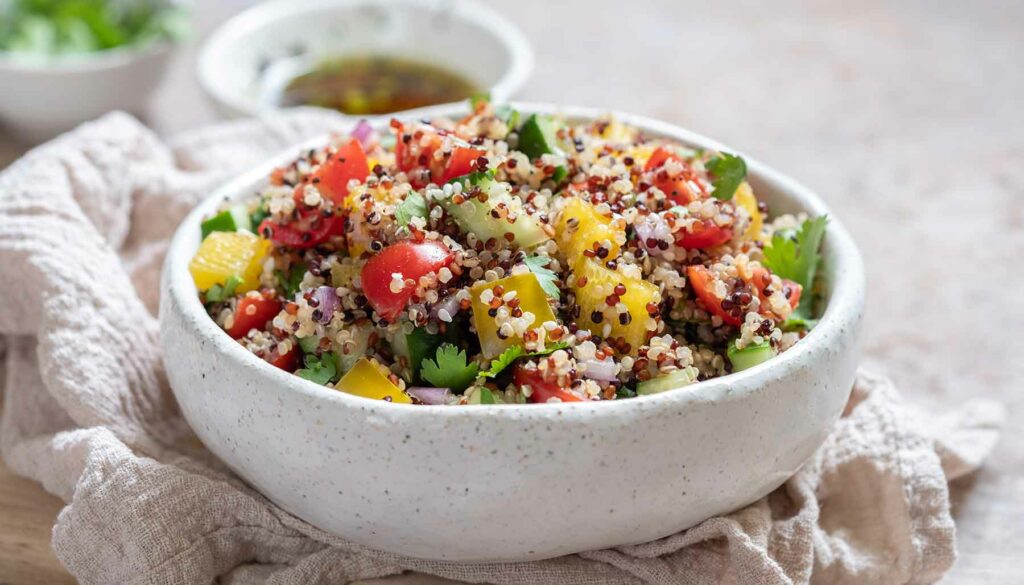
Quinoa has gained plenty of attention in recent years, thanks to being a gluten-free alternative to the usual rice or pasta side. However, this seed is also incredibly healthy! Quinoa is actually a complete protein, which means it contains all nine essential amino acids that your body needs – making it a wonderful plant-based protein source. On top of that, it has high fiber, and it’s considered a good source of minerals.


